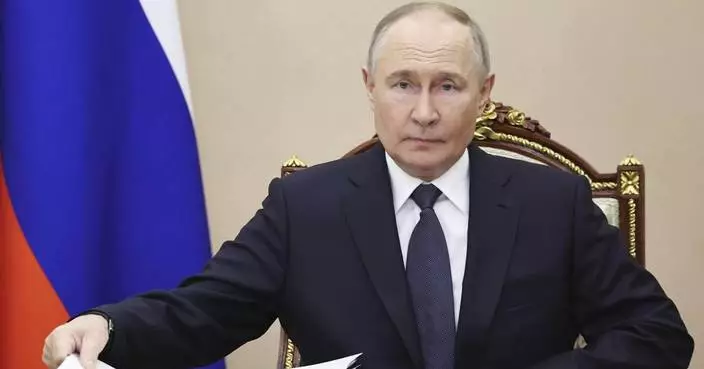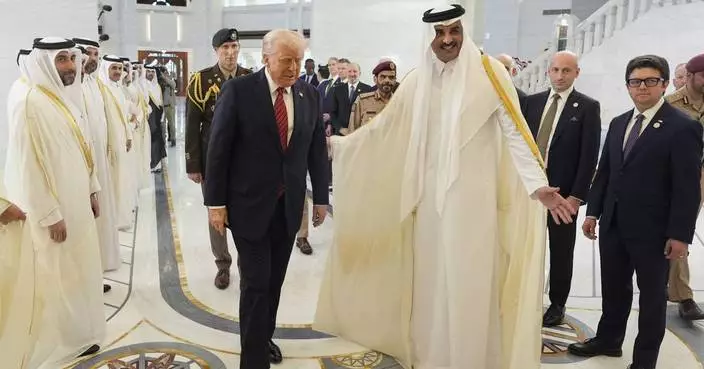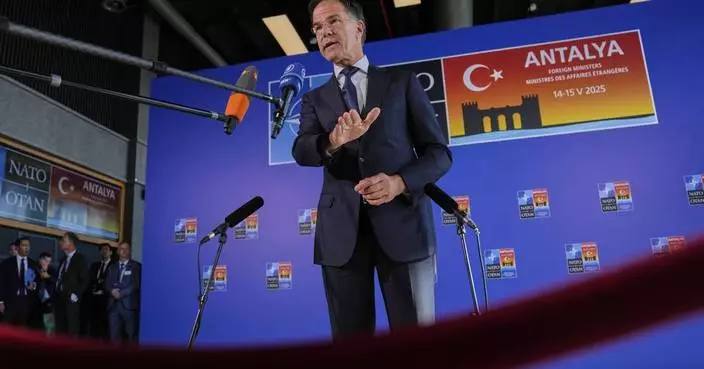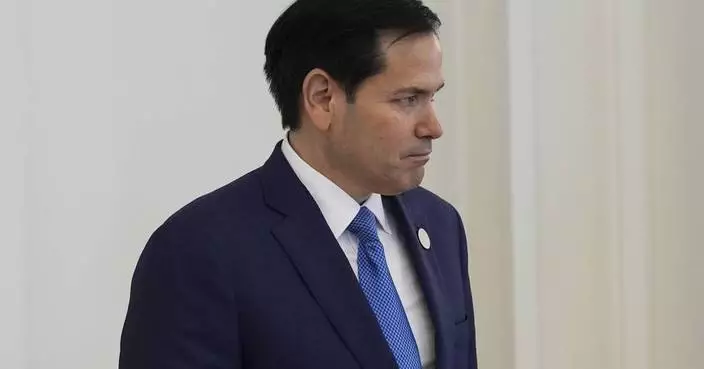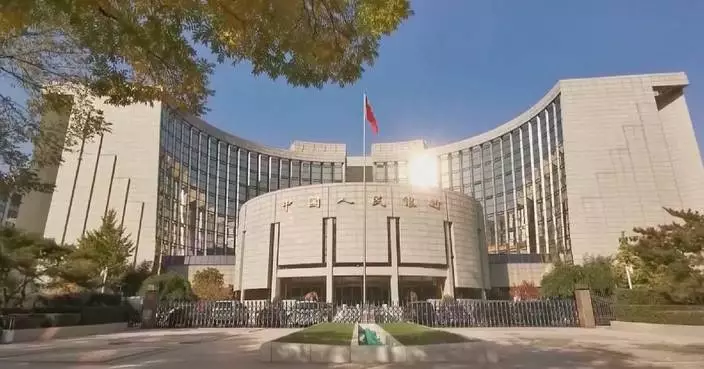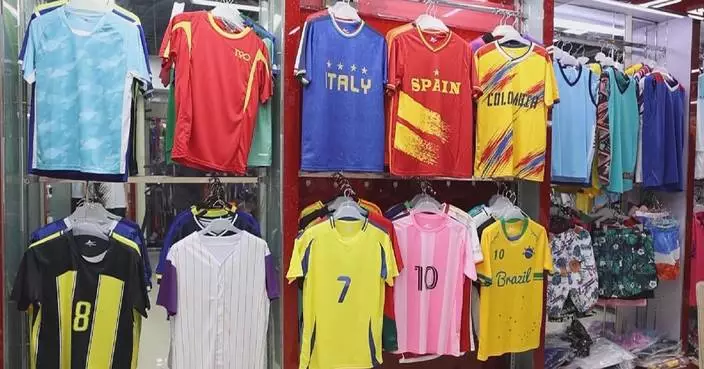PASADENA, Calif. (AP) — Oregon withstood many challenges en route to being the only unbeaten team and the top seed in the College Football Playoff.
However, Ohio State's opening flurry on offense and defense in the first half was too much to overcome as the Big Ten champions saw their hopes of a first national championship dashed with a 41-21 loss in the Rose Bowl on Wednesday night.
“It was definitely shocking. They came out and punched us in the mouth. We tried to make adjustments but it was definitely different,” defensive back Kobe Savage said.
The Ducks (13-1) fell behind three plays into the game when Ohio State's Jeremiah Smith scored on a 45-yard pass from Will Howard and never recovered.
Oregon gave up scores on six of Ohio State's first seven drives. Offensively, the Ducks got into Buckeyes' territory only once on its first six drives and had four three-and-outs before reaching the end zone the seventh time they had the ball.
“We didn’t adjust fast enough,” coach Dan Lanning said.
Dillon Gabriel had four completions of at least 28 yards in the first half in Oregon's 32-31 victory on Oct. 12. That wasn't the case this time as his first long completion — a 44-yarder to Traeshon Holden — didn't come until there were 30 seconds remaining until halftime.
“They dropped eight. First game they played us man. That was their game plan to stop us and they did it to the best of their ability and they succeeded,” said receiver Tez Johnson, who had five catches for 32 yards after having seven for 75 in the first game.
Ohio State had nine plays (seven passing, two rushing) of at least 15 yards in the first half as it took advantage of miscommunication in Oregon's secondary.
“Every time we had bad eyes or miscommunication they capitalized on those moments,” Savage said.
Oregon came into the game leading the Big Ten and ninth in the nation in third-down conversions, but converted only one of four in the first quarter and five of 12 in the first half.
Gabriel said the lack of big plays and not being able to stay on the field early ended up being costly.
“You plan to create explosives, be really good on situational football and move the chains that way. We just didn’t do that on third down,” said Gabriel, who completed 29 of 41 passes for 299 yards and two touchdowns. “They had a great plan, like coach said. But if you don’t go get the third you can’t move forward.”
Gabriel was sacked eight times after having a clean pocket in the first meeting. That was due to Oregon being forced to pass the entire second half and running back Jordan James being injured in the first half.
Evan Stewart, the Ducks' second-leading receiver during the season, did not play because of a back injury he suffered in the Big Ten Championship game against Penn State on Dec. 7. Stewart went through pregame warmups but wasn't cleared by trainers.
“It was very shocking because you got to think at Autzen, it was 7-7, 14-14, 21-21. It was pretty back and forth all game long, so to see ’em run up the score a little bit and us not have too much juice, it was a definitely a different … It was a different atmosphere we hadn’t been in this year, for sure,” Stewart said.
The Ducks accomplished plenty in their first season in the Big Ten.
Oregon is losing plenty of starters on both sides of the ball, including Gabriel, who transferred from Oklahoma and was a Heisman Trophy finalist.
“I feel like the seniors set a great standard this season just to show how tough you can be and then it can be done. To go undefeated in your first time in a tough conference like the Big Ten,” Savage said. “I feel like there’s a lot of underclassmen and a lot of young guys that are going to come in and fill those roles and also maintain that standard.”
Get poll alerts and updates on the AP Top 25 throughout the season. Sign up here. AP college football: https://apnews.com/hub/ap-top-25-college-football-poll and https://apnews.com/hub/college-football

Oregon quarterback Dillon Gabriel warms up before the quarterfinals of the Rose Bowl College Football Playoff against Ohio State, Wednesday, Jan. 1, 2025, in Pasadena, Calif. (AP Photo/Mark J. Terrill)





